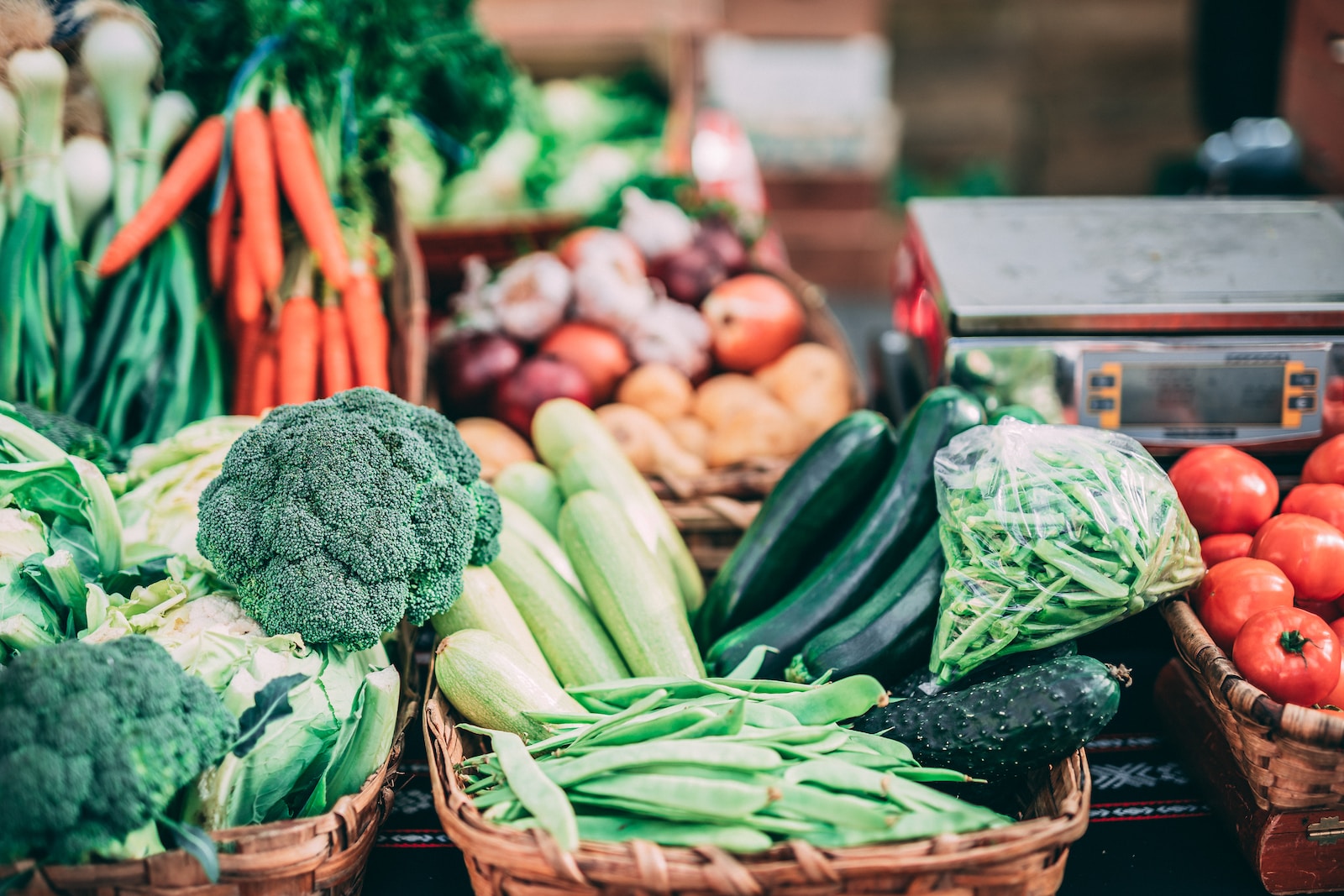Protein is an essential nutrient that plays a crucial role in building and repairing tissues, supporting immune function, and maintaining a healthy metabolism. While animal sources of protein are often the go-to option, plant-based protein is gaining popularity for its health benefits and sustainability. In this article, we’ll explore the 15 best high-protein vegetables that provide a substantial protein punch, making them an excellent choice for vegans, vegetarians, and anyone looking to incorporate more plant-based protein into their diet.
1. Edamame
Edamame, or young soybeans, are a complete protein source, containing all essential amino acids. They’re also rich in fiber and provide a satisfying crunch.
2. Lentils
Lentils are a protein powerhouse, offering around 18 grams of protein per cooked cup. They’re versatile and can be added to soups, stews, salads, and more.
3. Chickpeas
Chickpeas, also known as garbanzo beans, are a staple in many cuisines. They’re high in protein, fiber, and folate, making them an excellent choice for a balanced diet.
4. Spinach
Surprisingly, spinach is a great source of protein, especially when eaten in larger quantities. It’s also packed with vitamins A and C, iron, and antioxidants.
5. Broccoli
Broccoli is not only rich in vitamins and minerals but also contains about 3 grams of protein per cooked cup. It’s a versatile vegetable that can be enjoyed in various dishes.
6. Brussels Sprouts
These mini cabbages offer about 3 grams of protein per cup and are also packed with fiber, vitamins, and antioxidants.
7. Peas
Peas are a delicious and versatile vegetable that provides around 9 grams of protein per cooked cup. They’re also a good source of vitamin K and manganese.
8. Asparagus
Asparagus is not only low in calories but also offers about 2.9 grams of protein per cup. It’s a nutrient-dense addition to your plate.
9. Cauliflower
Cauliflower is a versatile vegetable that can be used in place of traditional high-carb foods. It contains about 2 grams of protein per cup and is rich in vitamins.
10. Kale
Kale is a nutrient powerhouse, providing about 2.5 grams of protein per cup. It’s also high in vitamins A, C, and K, as well as antioxidants.
Creating Nutrient-Rich Meals
Incorporating these high-protein vegetables into your meals is a creative and delicious way to fuel your body with essential nutrients. Experiment with different cooking methods and flavor combinations to enjoy a variety of dishes that satisfy both your taste buds and your nutritional needs.
FAQs
Q: Can I meet my protein needs solely through plant-based sources?
A: Absolutely! A well-balanced plant-based diet can provide all the essential amino acids your body needs for optimal health.
Q: Are high-protein vegetables suitable for athletes and active individuals?
A: Yes, high-protein vegetables can be a valuable part of an athlete’s diet, providing essential nutrients for muscle recovery and growth.
Q: How can I make sure I’m getting enough protein from these vegetables?
A: Variety is key. Incorporate a mix of high-protein vegetables into your meals to ensure you’re getting a diverse range of nutrients.
Q: Can these vegetables be enjoyed by children?
A: Yes, many of these vegetables can be included in children’s diets to provide essential nutrients for growth and development.
Q: Can I find these vegetables at my local grocery store?
A: Most of these vegetables are commonly available at grocery stores, making it easy to include them in your diet.
Q: Can I prepare these vegetables in advance?
A: Certainly! Many of these vegetables can be prepped ahead of time and used in various dishes throughout the week.
Conclusion
Incorporating high-protein vegetables into your diet is a wonderful way to nourish your body with essential nutrients while embracing a more plant-based approach. These versatile and nutrient-rich options provide a delicious way to support your health, satisfy your taste buds, and contribute to a sustainable food system.

